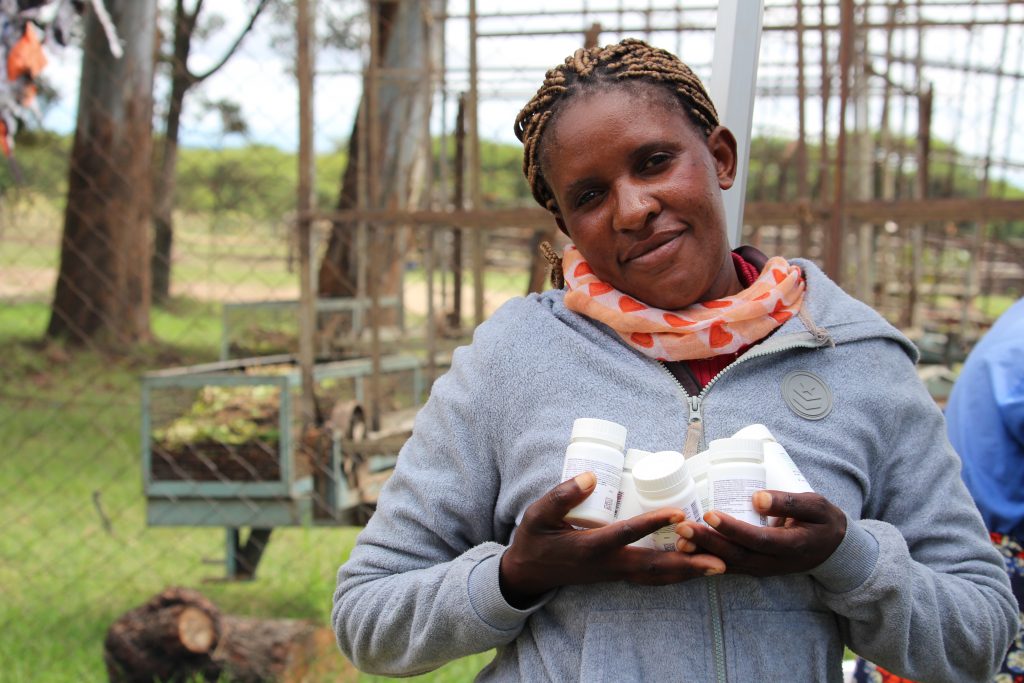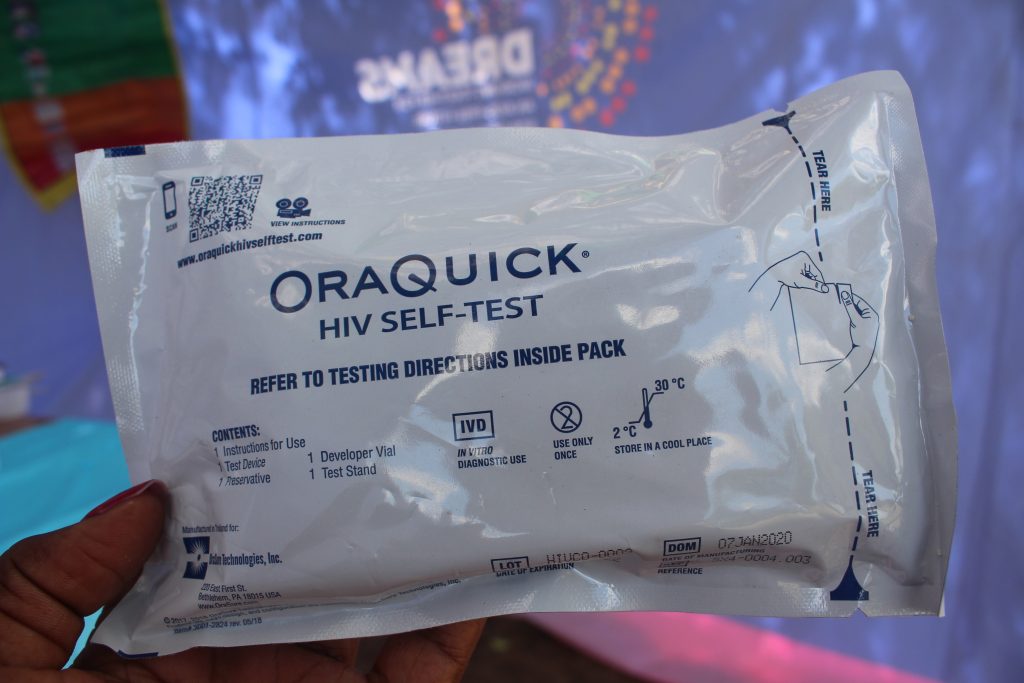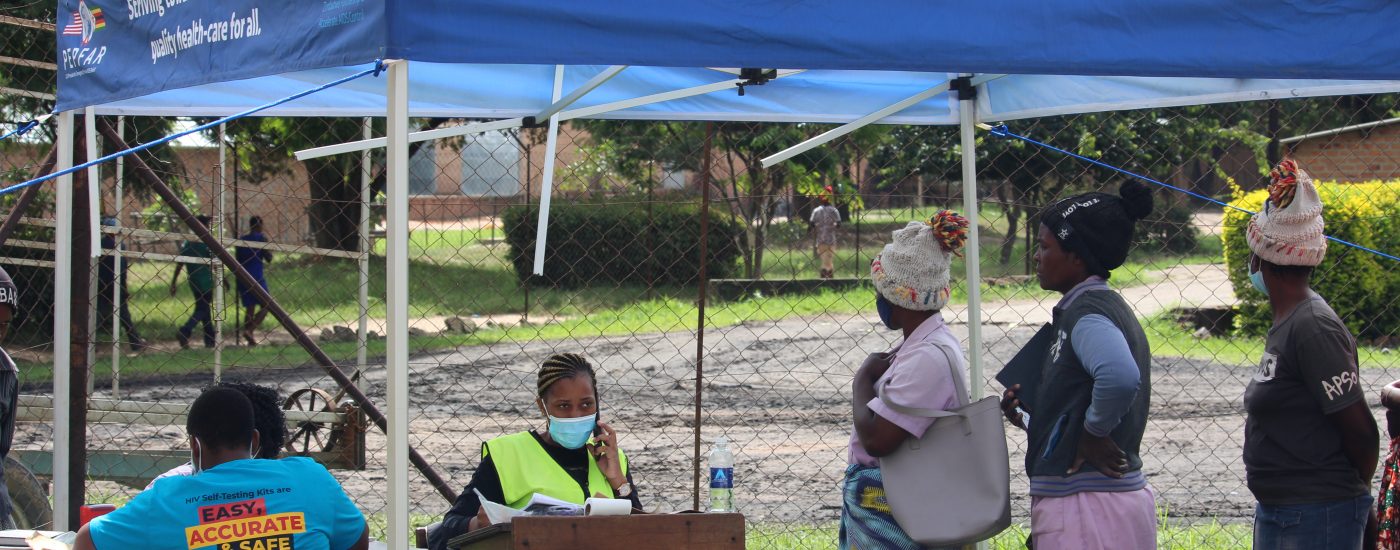In collaboration with the MoHCC, ZimPAAC works in 395 facilities in 20 districts deploying more than 800 skilled health care workers to meet the UNAIDS “95-95-95” targets towards HIV epidemic control:
- Ensuring 95% of all persons living with HIV know their status by providing integrated testing
- Ensuring 95% of individuals diagnosed with HIV are initiated on antiretroviral therapy (ART) and retained in care
- Ensuring 95% of people on treatment are virally suppressed
HIV Prevention
- Providing preventive health education in facilities and in the communities with use of various IEC materials and media broadcasts.
- Increasing uptake of pre-exposure prophylaxis services through training, technical assistance and direct client support.
- Promoting and distributing HIV self-testing kits
- Training and implementing healthcare workers to provide voluntary medical male circumcision
- Supporting adolescent girls and young women who are at-risk with HIV and gender-based violence interventions including mentoring and skill-building programs through the DREAMS (Determined, Resilient, Empowered, AIDS-free, Mentored, and Safe) programme.

Person-centered Care
- Supporting public facilities to offer client-centered services to vulnerable and most at risk groups, such as key and priority populations.
- Working with health facilities to improve the availability and quality of HIV prevention, treatment, care and support services through site support and quality improvement projects

HIV Testing and Linkage to Services
- Conducting ethical and safe index testing through community linkages activities that help clients, and their sexual partners and biological children, access HIV testing.
- Targeted testing to reach priority groups: children and adolescents, Key Populations, young men
Keeping HIV-positive Persons Healthy and In Care on HIV Treatment
- Providing differentiated service delivery through multi-month refills, Family and Community ART Refill Groups.
- Providing community outreach to identify persons needing HIV services and linking them to HIV testing and treatment services, such as partner testing and tracking of patients lost to follow-up.
- Strengthening and expanding access to cervical cancer screening and treatment of precancerous cervical lesions for women living with HIV.
- Strengthening PMTCT in alignment with MoHCC plan to eliminate mother-to-child transmission.
- Providing TB preventive therapy for ART clients to reduce morbidity and mortality of clients.
- Strengthening TB/HIV collaborative activities to ensure screening, prevention and follow-up.
- Conducting Viral Load monitoring and Enhanced Adherence Counselling for viral suppression.
- Provision of integrated Mental Health support services.
- Increasing access to services for children, adolescents, and young people through Zvandiri’s Community Adolescent Treatment Supporters (CATS).
Systems Strengthening
- Building the capacity, skills and knowledge of health care workers through training and site-level mentoring at health facilities to strengthen health services.
- Collaborating with MoHCC implementing partners and NGOs.
- Participating in Technical Working Groups to improve national guidelines and standards.
- Supporting data for decision making through robust Monitoring & Evaluation activities.
- Supporting the national scale up of EHR.
- Implementing Quality Improvement initiatives to strengthen viral load and TB programmes.
- Providing pandemic support with integrated HIV community outreach services, HCW and client vaccinations, and HCW training on infection prevention and control.
- Integrating technology into the program through various modalities such as:
- Knowledge and skills building through tablet-based self-study modules.
